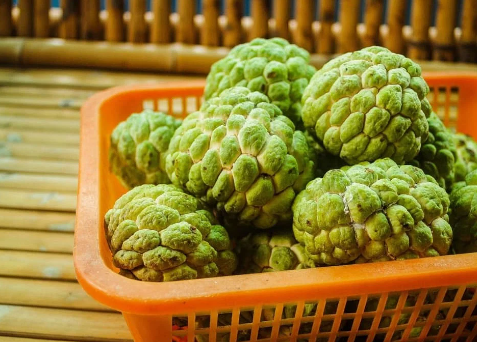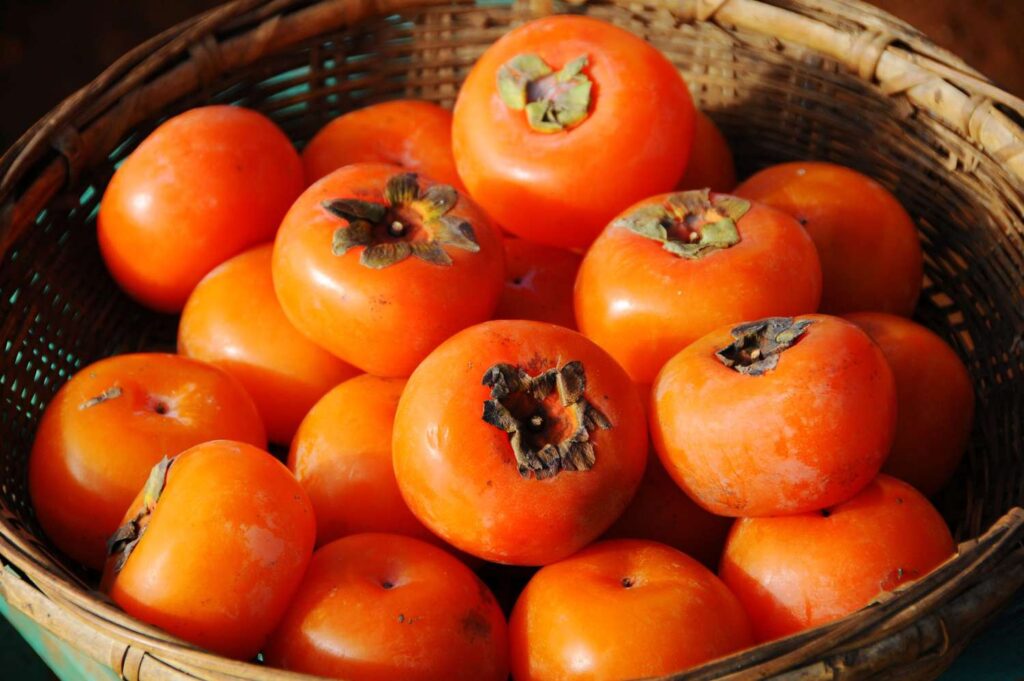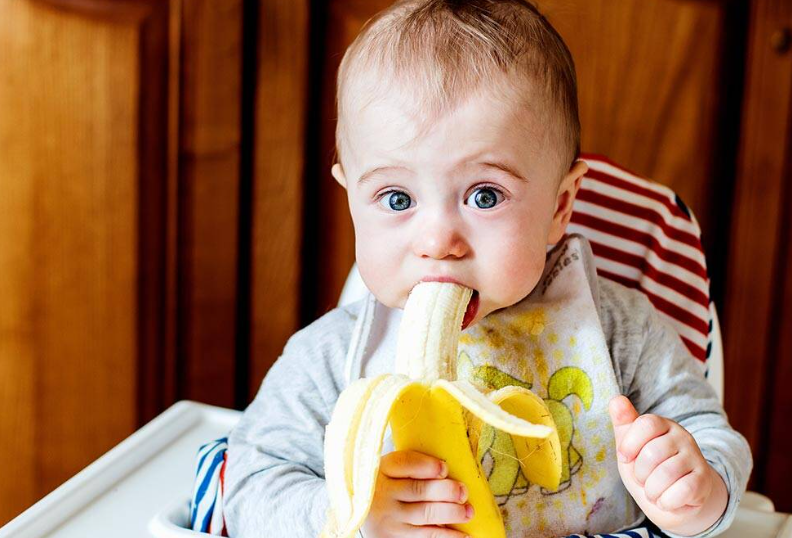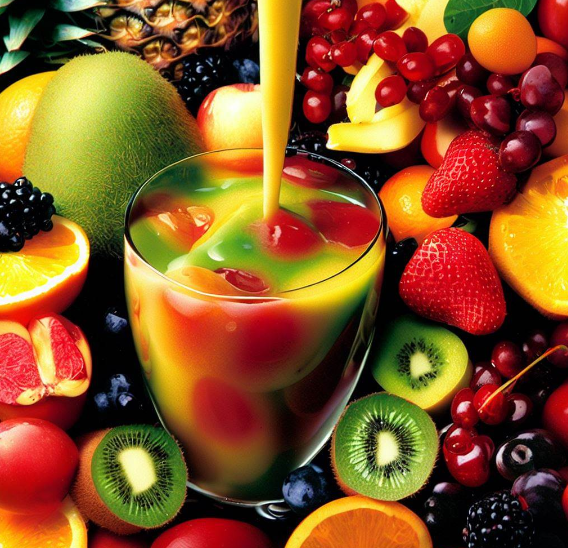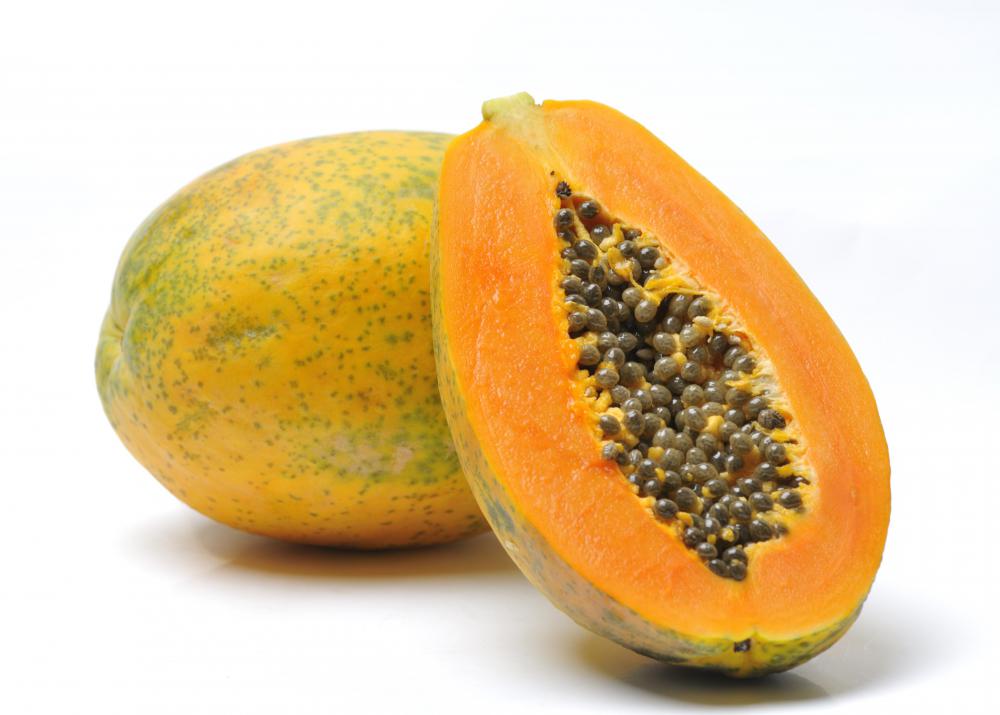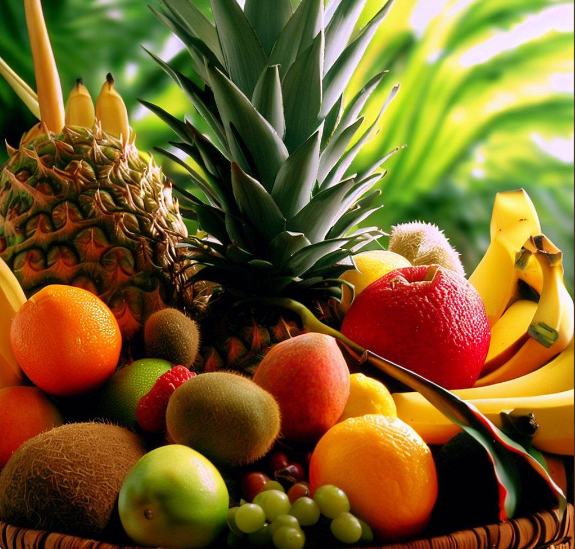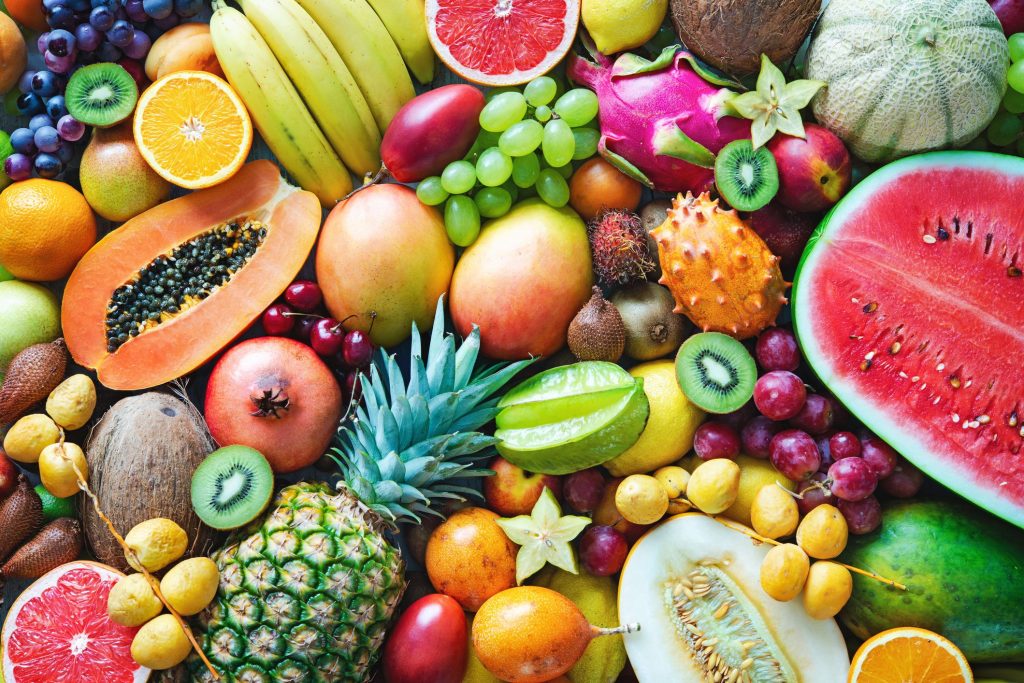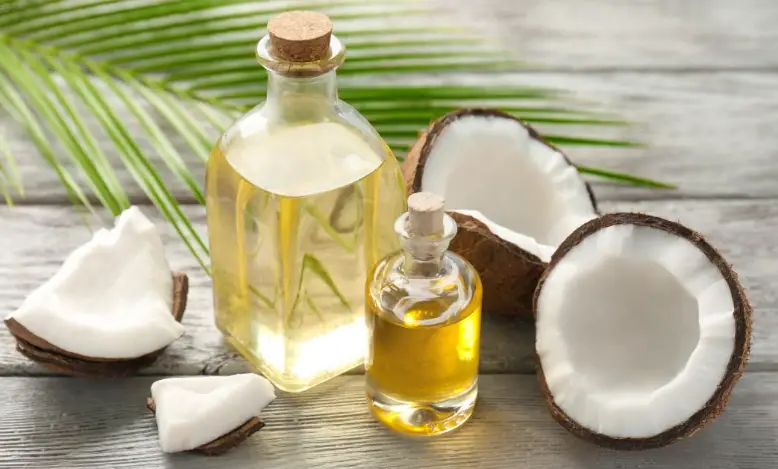Bananas are a fruit favorite all around the world. Maybe you like snacking on them, blending them into your morning smoothie, or baking them into sweet breads. Even though we see the Cavendish banana, a common type, in most of our grocery stores, there’s a huge world of bananas out there – over 1,000 varieties, actually!
Imagine tiny bananas just big enough for a bite, or bananas that come in shades of red, pink, or even blue! The world of bananas is full of surprises, and the many different kinds give us a chance to see how wonderful and nutritious bananas can be.
Table of Contents
- The Journey of the Banana: Early Domestication
- A Sea of Varieties: How Many Banana Types Are There?
- Sweet Bananas: Favorites for Fresh Eating
- 1. Cavendish
- 2. Lady Finger
- 3. Apple
- 4. Blue Java
- 5. Pisang Raja
- 6. Praying Hands
- 7. Manzano
- Plantain Bananas: Ideal for Cooking
- 1. French Horn
- 2. Dwarf Cavendish
- 3. Bluggoe
- 4. Saba
- 5. East African Highland
- Tiny Treats and Lovely Looking Bananas
- 1. Pisang Mas
- 2. Dwarf Orinoco
- 3. Musa Velutina
- 4. Musa Coccinea
- 5. Musa Beccarii
- Going Wild – Ancient and Wild Banana Species
- 1. Musa Nagensium
- 2. Musa Textilis
- 3. Musa Arakere
- 4. Musa Maclayi
- Wrapping Up
The Journey of the Banana: Early Domestication
People started growing bananas nearly 7,000-10,000 years ago around Papua New Guinea and Southeast Asia. The many types of bananas we enjoy now come from farmers long ago who worked with wild banana types, blending them over time for better taste and toughness.
Some important wild banana species that helped make the bananas we know today include:
- Musa acuminata – they’re behind the sweet taste of bananas
- Musa balbisiana – gave bananas their strength and ability to fight disease
- Musa fehi – gave us bananas with reddish hues
Through many years of mixing and matching these wild bananas, we now have access to a whole array of yummy banana cultivars to eat.
A Sea of Varieties: How Many Banana Types Are There?
Counting every single banana variety is hard because new ones are being made and found. Still, banana experts think there are:
- About 500-1000 different banana varieties grown all over the world
- Close to 150 species of bananas in existence
You’ll find the most variety in Southeast Asia and Africa, where bananas first started being grown. Many unique local types are found in these tropical places.
Let’s dive into some of the main groups these bananas belong to…
Sweet Bananas: Favorites for Fresh Eating
Sweet bananas are the ones we usually eat by themselves. Ripe ones are sweet and creamy, perfect for enjoying as is, and these are typically what we buy from stores.
Here are a few kinds of sweet bananas:
1. Cavendish
The Cavendish banana is the top banana for international trade and takes up 47% of production worldwide. It’s the kind you’re likely to see at the store, long and big with a yellow heart once it’s ripe.
2. Lady Finger
This kind is skinny and sweet, often cooked in various ways. It has a little tang, which makes it slightly different from the Cavendish.
3. Apple
True to its name, this banana looks round like an apple when it’s ripe. It tastes tangy but sweet.
4. Blue Java
Also called the “ice cream banana,” it gets this name from its creamy texture that’s like ice cream. Its skin has a bluish tint when it’s ready to eat.
5. Pisang Raja
Loved in Southeast Asia, this variety is slender with a sweet smell and creamy feel.
6. Praying Hands
This unique type has a thick shell and the bananas stick together in a cluster that looks like hands praying. The flavor is gently sweet when it’s ready to eat. reserve>
7. Manzano
A short, fat banana from Central and South America that tastes a little tangy and exotic.
Plantain Bananas: Ideal for Cooking
Plantains look like bananas but are more like potatoes because of their starchiness. People often cook them first, and they’re used plenty in savory meals.
Here are some well-known plantains:
1. French Horn
Named for its long, curvy shape. You can fry, bake, or boil it in different recipes.
2. Dwarf Cavendish
This is a smaller type of the Cavendish with a thicker peel, great for frying and holding its shape.
3. Bluggoe
A big and strong cooking banana with sides that have angles. It’s a favorite in the Caribbean.
4. Saba
Chunky and short, this banana is a go-to in West African cooking, especially when it’s still green. It’s soft and full of starch.
5. East African Highland
Also called “Mutika/Lujugira,” this banana becomes square-like when ripe and is excellent for making chips.
Tiny Treats and Lovely Looking Bananas
Some bananas are loved for their small size, their special taste, or just because they look pretty. Here’s a peek at a few:
1. Pisang Mas
Also known as “dwarf lady finger,” it’s a tinier version of the lady finger banana.
2. Dwarf Orinoco
A strong, small banana plant that grows to about 5-7 feet but still makes full-sized fruits.
3. Musa Velutina
Known as the “pink velvet banana,” it stands out with its soft pink skin and bright pinkish flesh inside.
4. Musa Coccinea
This is the Musa Coccinea, a wild banana plant. It has very bright red leaves that look amazing, especially in gardens where the climate is warm and tropical. It’s a beautiful decorative plant.
5. Musa Beccarii
The Musa Beccarii banana is famous for its beautiful leaves, which are soft and have a shiny, silvery-blue color. It’s not known for its fruit, but the leaves alone make it stand out in any garden.
Going Wild – Ancient and Wild Banana Species
The bananas we eat today come from older, wild types of bananas. There are many species of these wild bananas. Most of them are not good to eat because they have lots of big seeds or the fruit is very hard. But these wild bananas are still very useful because they can make new types of bananas that are better, like being more resistant to bugs, can handle dry weather, and have new flavors.
Here are some examples of wild banana plants:
1. Musa Nagensium
This wild banana has seeds and is mostly used to help breed other bananas that can fight off diseases.
2. Musa Textilis
Called the “abaca banana,” this plant’s leaves are turned into fibers and then used to make textiles in the Philippines, which is a traditional craft.
3. Musa Arakere
The Musa Arakere is a rare wild banana from India that is in danger of disappearing. It is very important because it is part of the natural diversity of bananas.
4. Musa Maclayi
Also known as the “red banana,” but it doesn’t have red fruit, only red bright upright flower covers. It’s quite striking!
Having a lot of different types of wild bananas is very valuable because it helps with creating new kinds of bananas, especially as problems like diseases or changes in the weather become more common. Keeping wild bananas safe makes sure we can grow bananas for food in the future.
Wrapping Up
Bananas are not all the same. There are actually hundreds of different kinds! They range from little ones you can snack on to big ones we cook before eating, and even bananas with red colors! They’re all different.
But when it comes to selling bananas, just one kind is usually found everywhere—the Cavendish. The problem with this is that if a disease strikes this one type, we could have a big problem because it’s the only kind a lot of us eat.
That’s why it’s so important to keep track of all the different types of bananas, study them, and keep some of them safe in case something bad happens. Places like seed banks and special gardens work hard to keep the many types of bananas from going extinct. This helps make sure that people in the future will have a lot of different bananas to eat and enjoy.
So, when you’re at the grocery store and you see the usual yellow bananas, think about all the other kinds out there. Try to find different, unusual kinds of bananas at special stores or farmers markets. By doing this, you can explore and taste all the many types of bananas the world has to offer!
